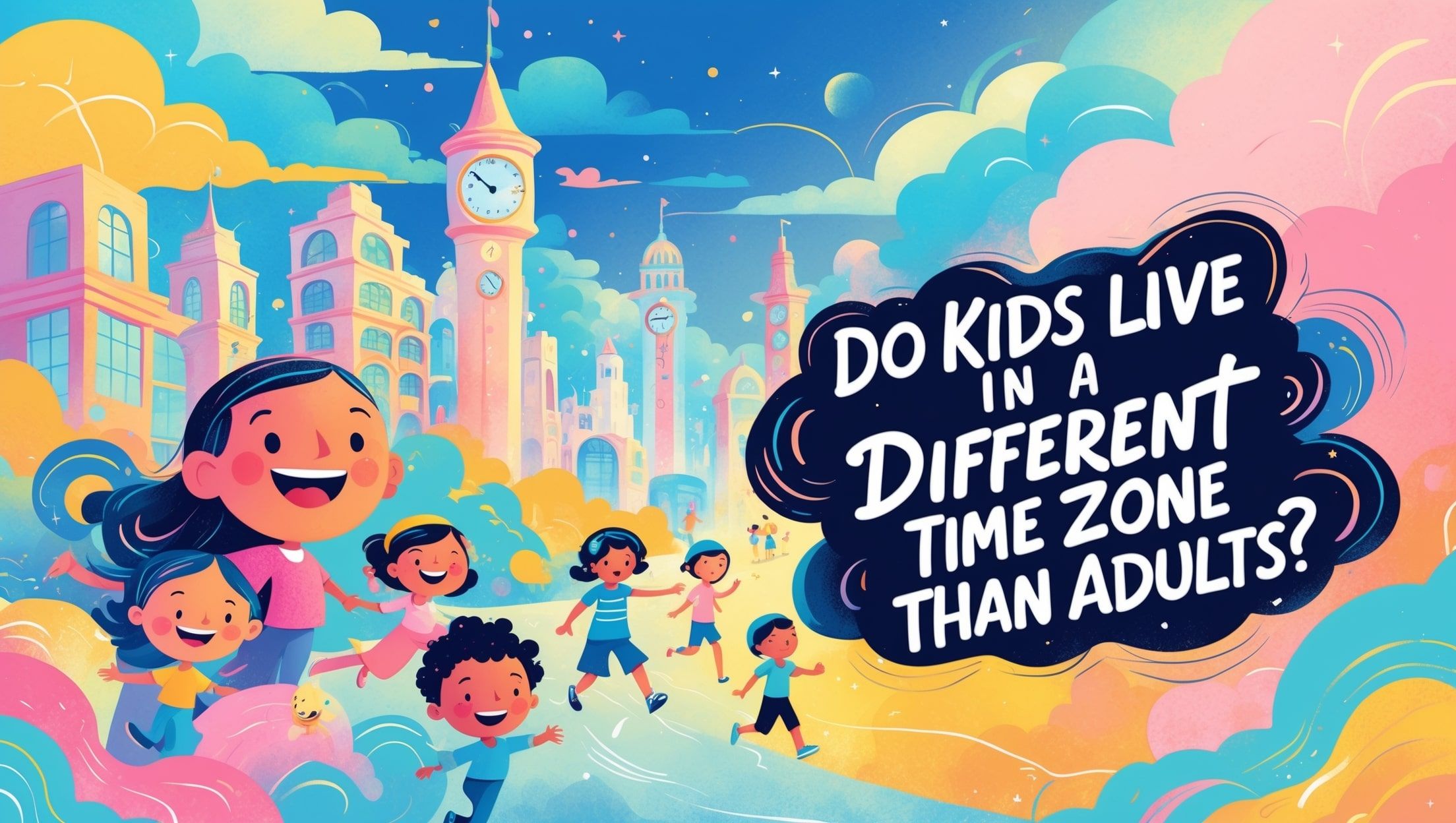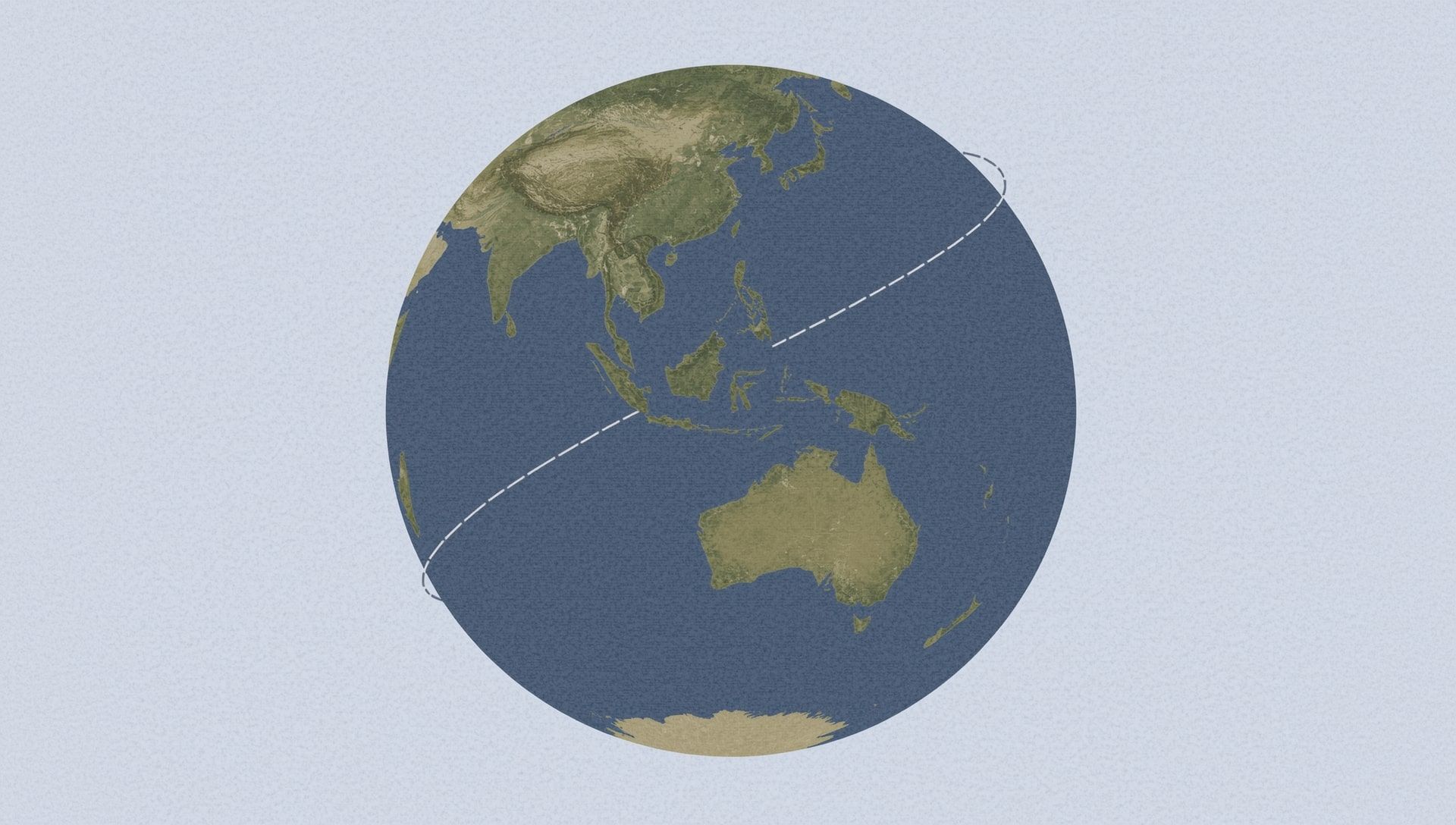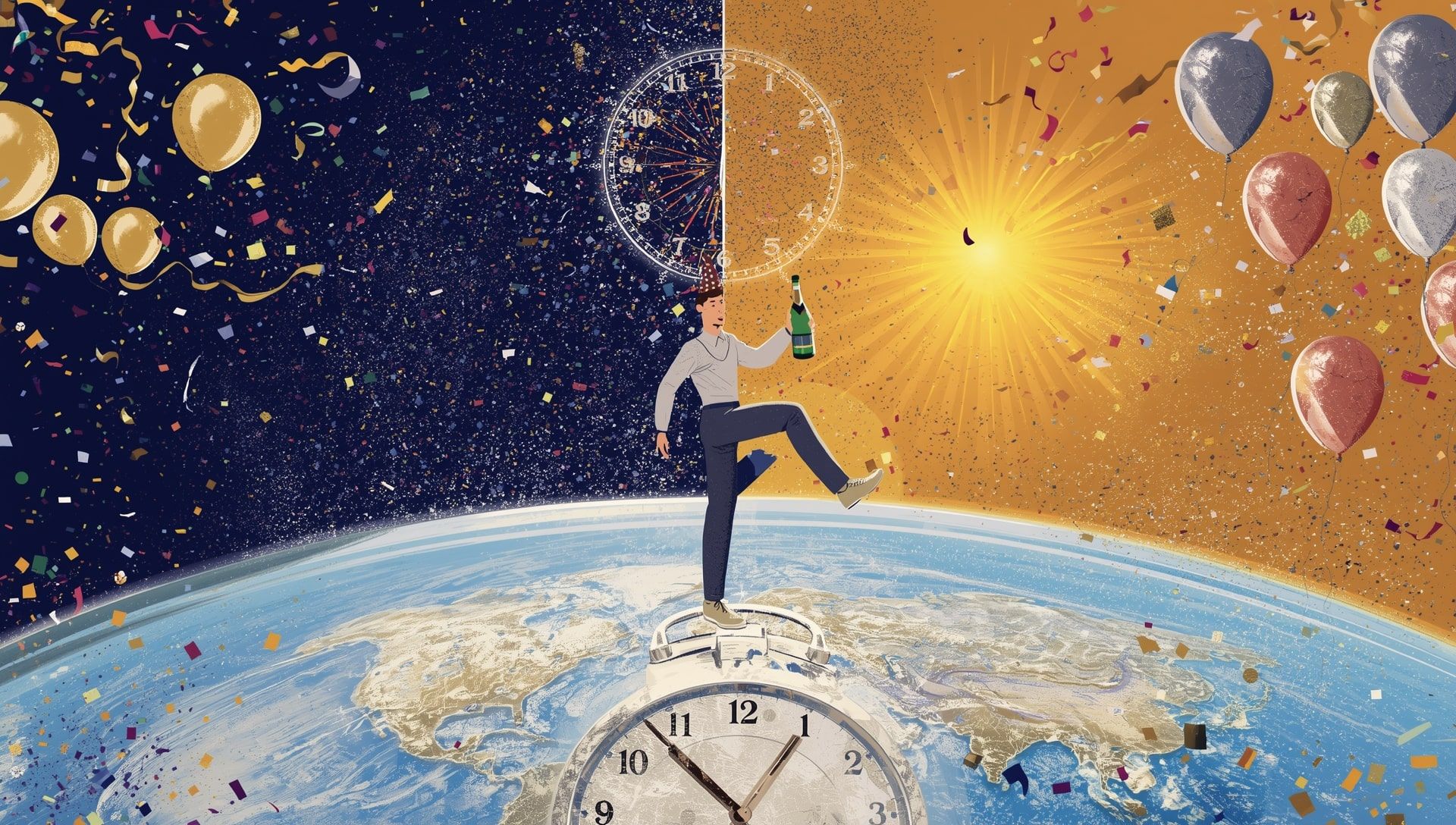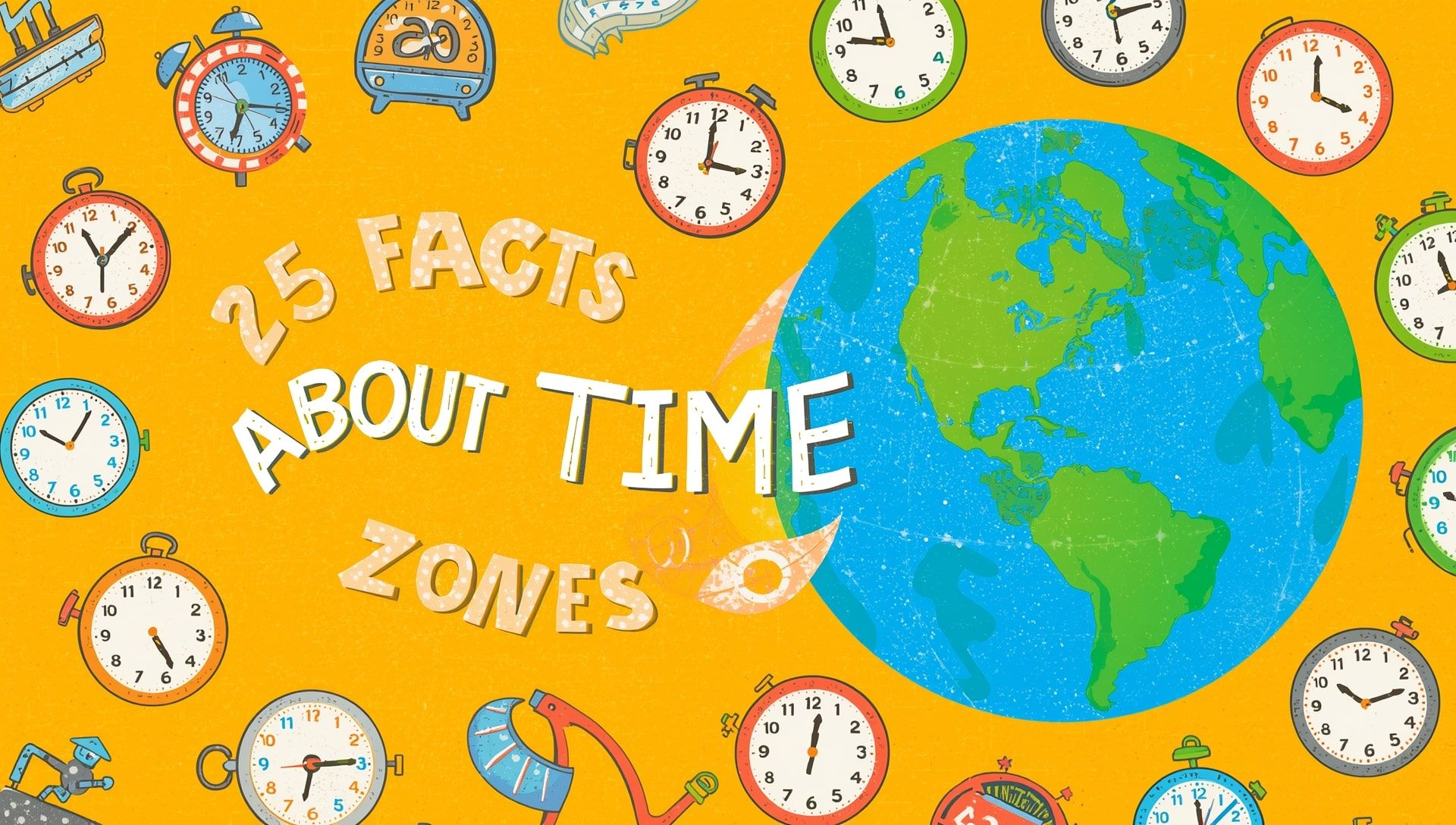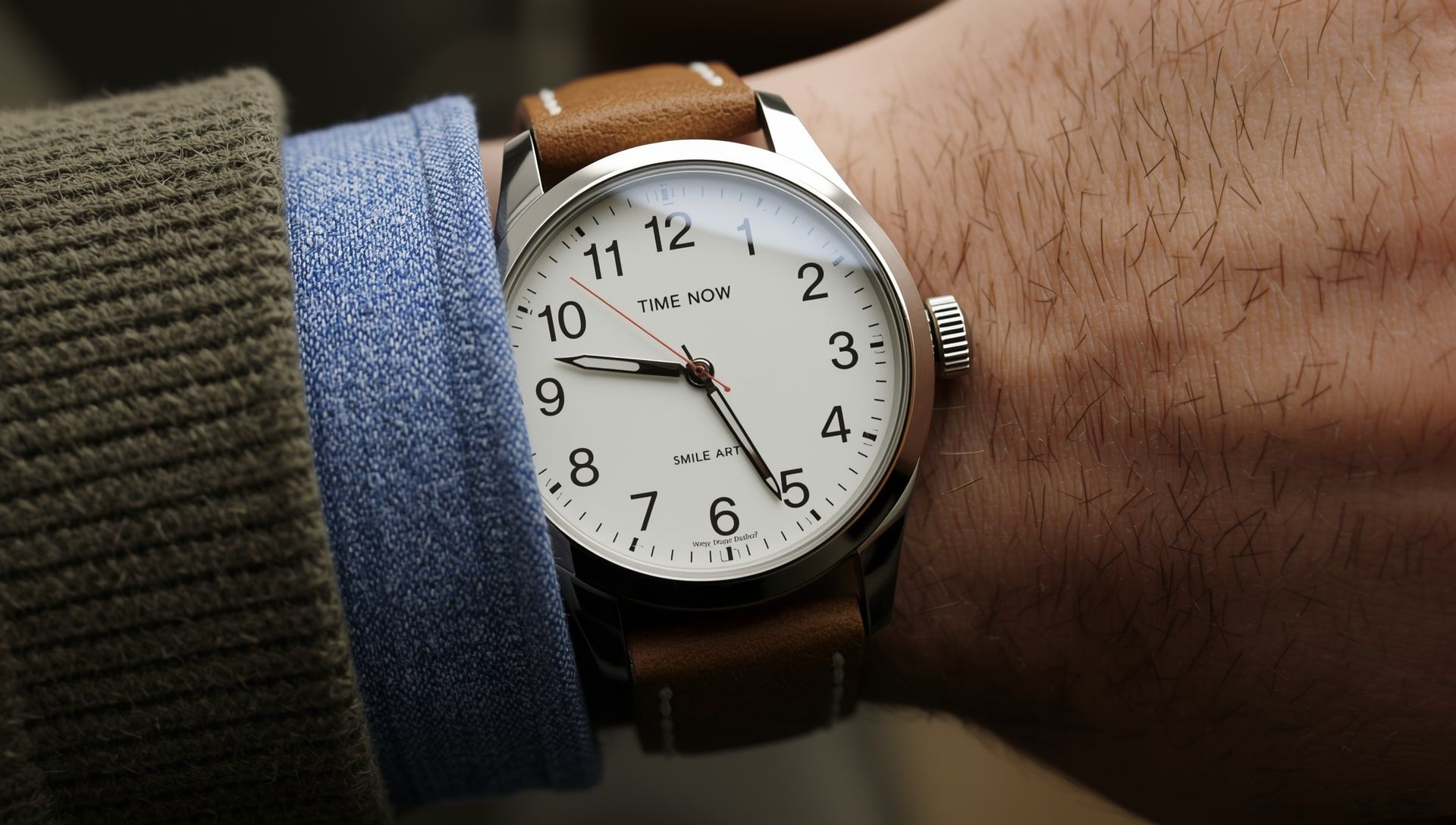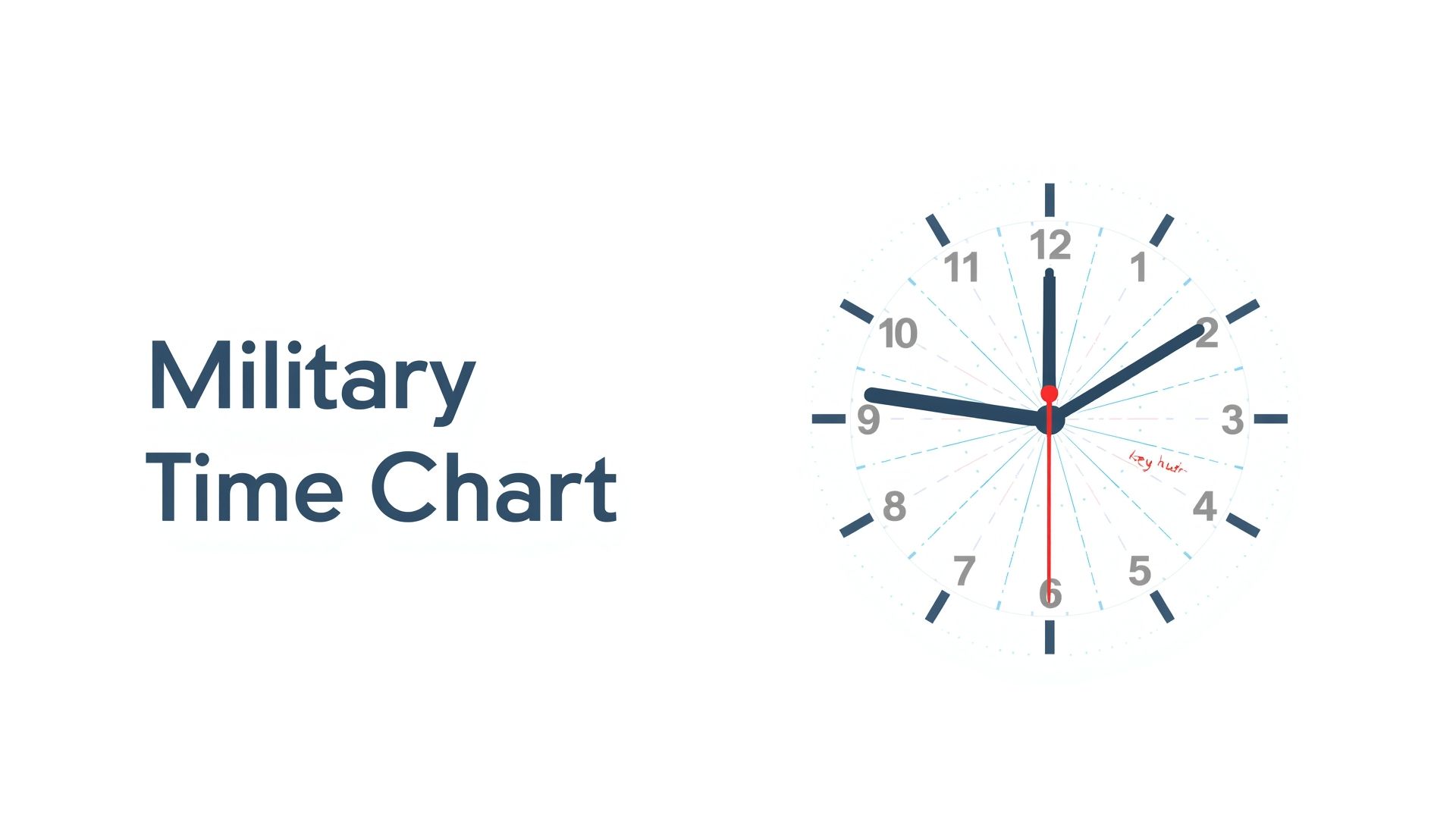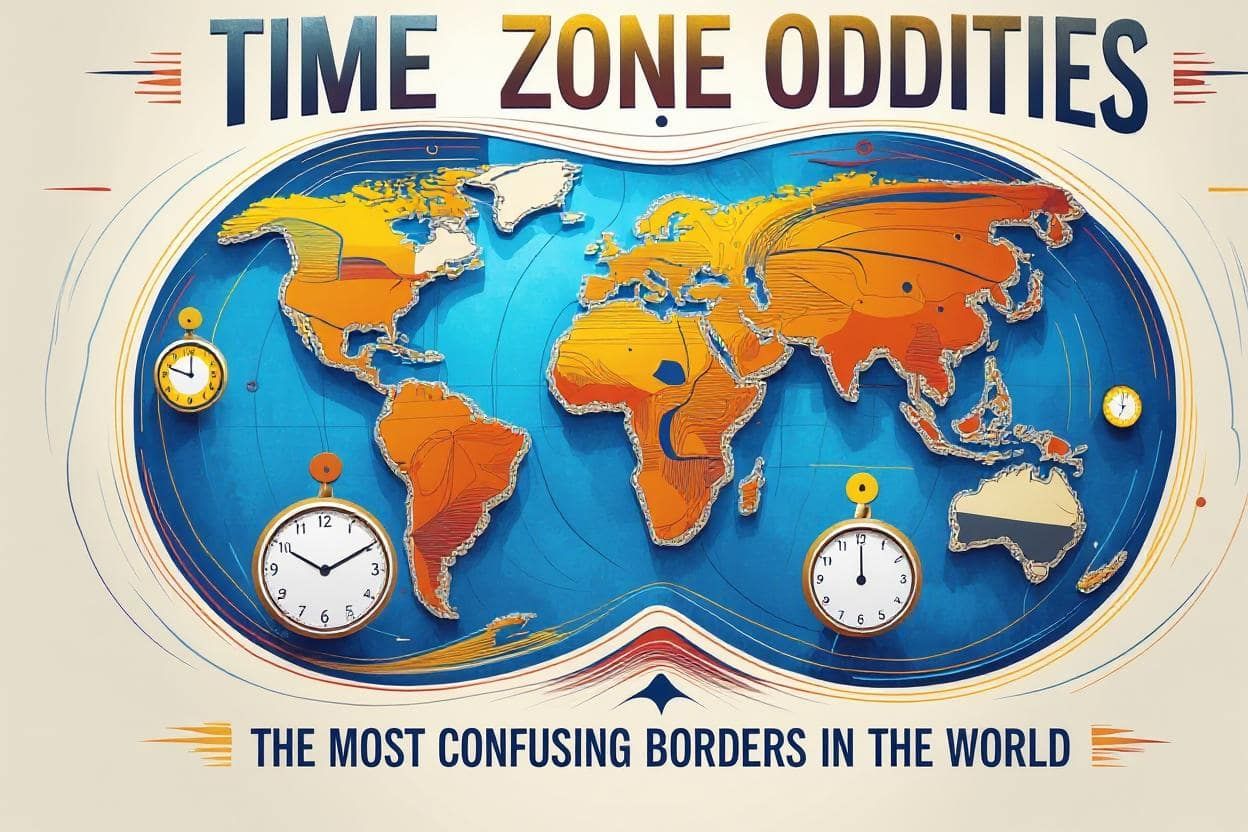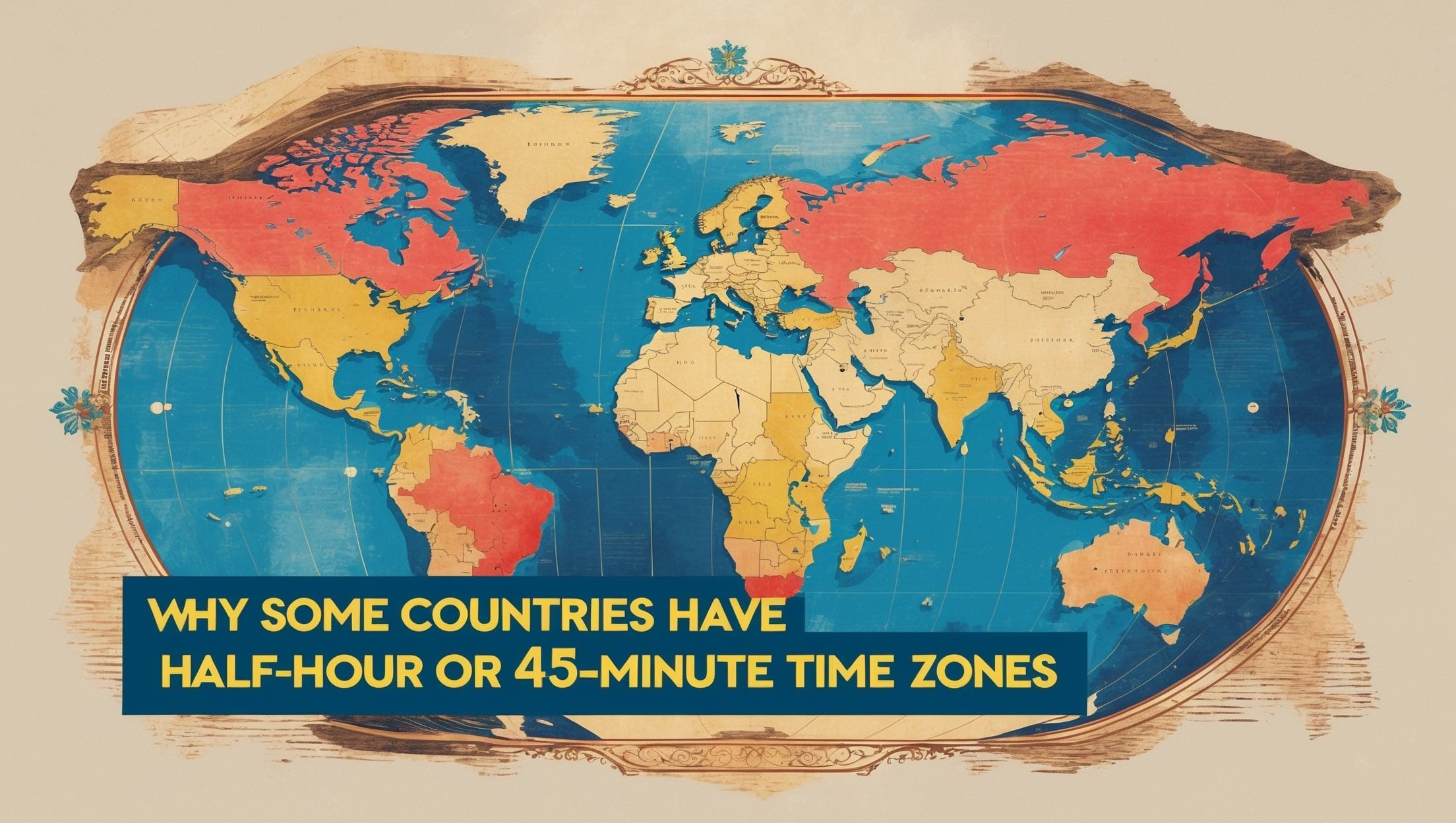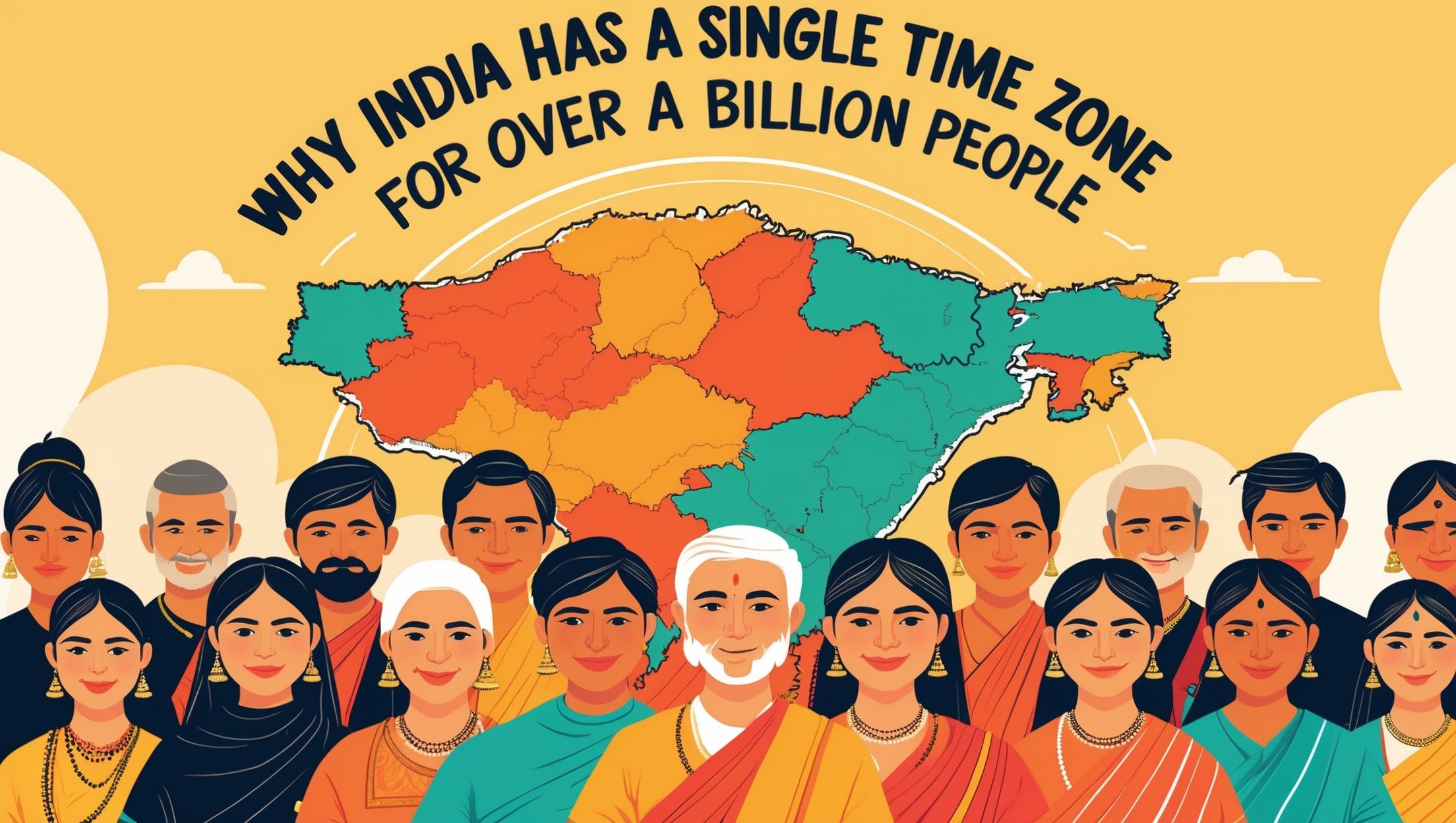You tell a kid, “We’ll leave in five minutes,” and they sigh like you just said five hours. You blink, and they’ve grown an inch since Tuesday. Somehow, time doesn’t seem to work the same way for them. It’s not just imagination. Kids and adults really do experience time differently. And no, it’s not a jet lag thing. It’s a brain thing.
The Perception Gap Starts Early
For kids, time stretches. A week feels like forever. Waiting 10 minutes feels unbearable. That’s not because they’re impatient. It’s because their brains are wired to notice more, and they haven’t lived long enough to put time into perspective.
To a five-year-old, a year is 20 percent of their life. That’s huge. To a 40-year-old, a year is just 2.5 percent. It slips by faster in comparison. Their sense of “soon” and “later” operates on a totally different internal clock.
Brains Grow, and So Does the Sense of Time
Kids’ brains are still developing their time processing tools. They live more in the moment, with less emphasis on planning or measuring time in abstract terms. Young children focus on what’s right in front of them. They’re not juggling future appointments or trying to be efficient.
This focus makes everything more intense. Five minutes waiting for a turn on the swing might feel eternal - You could even set a timer to see how it feels. Meanwhile, an hour spent building with blocks vanishes in a blink. Their internal clocks are tuned to feelings, not numbers.
Novelty Slows Time Down
Kids experience more new things each day than most adults do in a month. New sounds. New words. New rules. Their brains are working hard to make sense of it all, and that effort slows their perception of time.
That’s also why early memories feel so long. Days were packed with firsts. As we age, more days blur together. Fewer surprises. Less novelty. Time speeds up, or at least seems to.
Adults Live in a Faster Loop
Most grown-ups live by routines. Get up, work, repeat. This efficiency helps us manage busy schedules, often guided by the world clock. Weeks can pass in a blur when little stands out.
Adults measure their days in schedules, calendars, and even date time format converters. In contrast, kids often experience life at a slower pace. Their sense of time has more texture. More color. More moments worth storing. That’s why school years feel longer than work years.
Why Time Feels Different Across Ages
- Kids have fewer reference points, so new time units feel bigger
- They notice more details, which slows down their experience
- Play and imagination distort their sense of minutes and hours
- Emotions like boredom or excitement stretch or shrink time
- They’re still learning how to measure and manage time at all
It’s not just about attention span. It’s about how the mind shapes time through experience, emotion, and memory.
Helping Kids (and Adults) Meet in the Middle
Adults often get frustrated when kids don’t “get” time. But if you’re using your fast, efficient clock to talk to someone on toddler time, you’ll get mismatched results.
Instead of saying “ten more minutes,” try using events as markers: “We’ll go home after one more book.” That ties time to experience, not numbers. It’s easier for them to grasp. Or organize these transitions with an event planner.
For adults, the flip side is useful too. If time feels like it’s slipping away, introduce something new. Even small changes can stretch your perception. Cook a new meal. Try a new route. Call someone you haven’t talked to in a while. This reintroduces the kind of novelty kids experience all the time.
The Two Clocks Can Learn From Each Other
Kids don’t live in a separate time zone. But their brains do tick differently. They stretch time with play, presence, and curiosity. Adults shrink time with routine and focus.
If you want life to feel a bit fuller, spend more time with someone who still feels a day is big enough to hold a world. Borrow their sense of wonder. Watch how they stretch minutes into whole adventures. You might find your own clock slowing down just a little.
